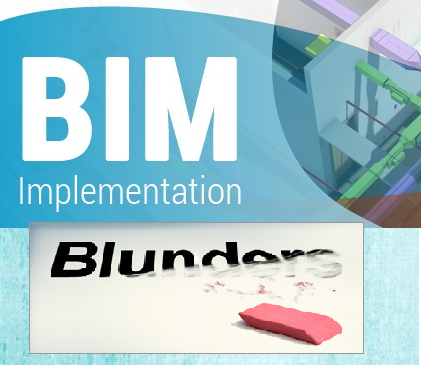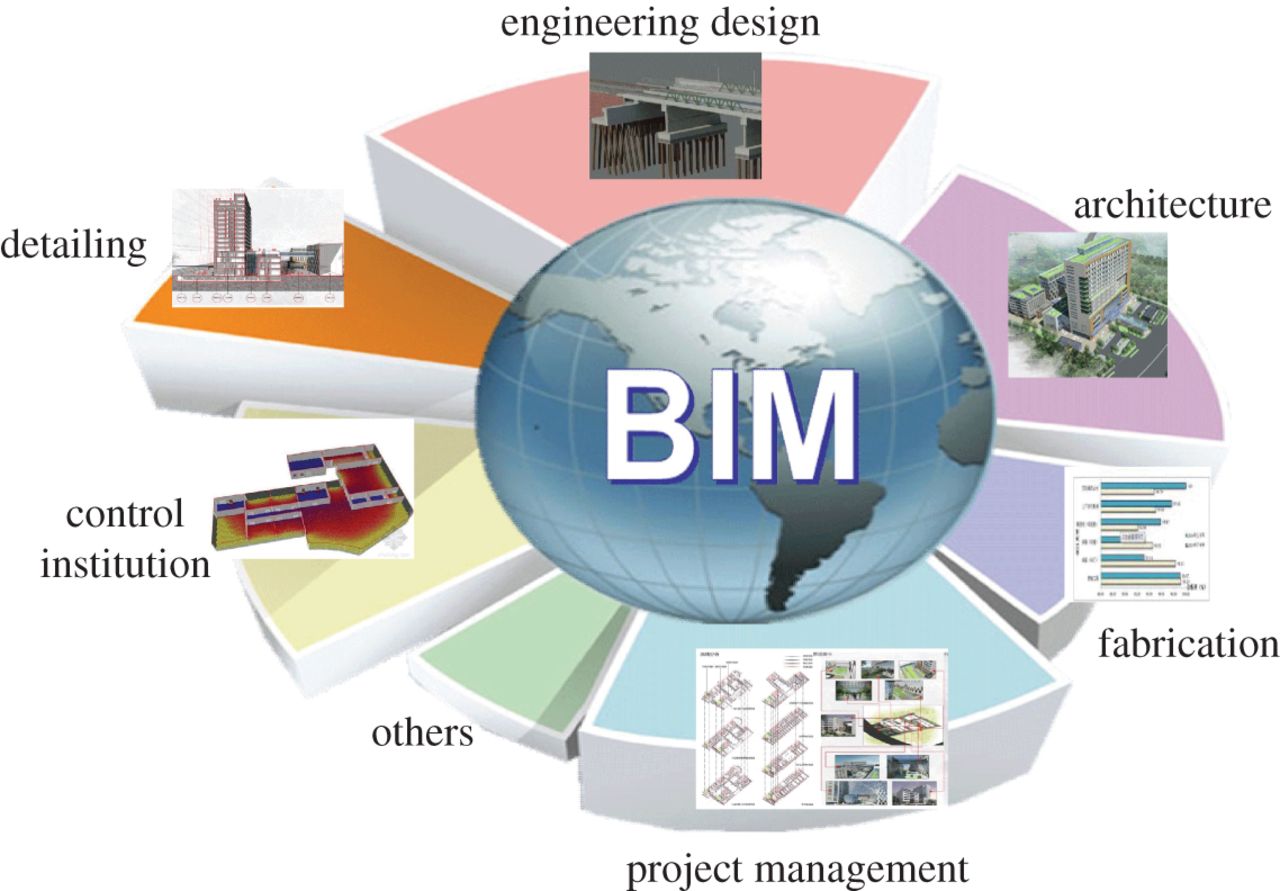
Since the introduction of Building Information Modeling (BIM), the fields of construction, engineering, and architecture, in particular, has seen an incredible reduction in not only project delivery times but also in error incident rates! Yet while BIM implementation promises a world of sophistication to those willing to adapt, it can be equally as negative for those unaware of how to properly utilize this bleeding edge tech.
Before we take a look at the blunders of poor BIM implementation, let us briefly consider the many advantages of a good BIM design as opposed to traditional 3D building design.
- Faster project deliveries
- Richer data points
- Increased collaboration between teams
- Better clash detection
- Highly cost effective
Of the numerous interconnected factors involved in creating an effective BIM design, the smallest of offsets can lead to huge implications on the project. Here are a few of the biggest blunders in BIM implementation.
Underutilizing BIM Managers
Due to the collaborative nature of BIM design, and various parties involved with the same, a BIM manager’s responsibilities range from task assignment to inter-department communications and a multitude of other duties.
So what prevents a BIM manager from being properly utilized?
- When responsibilities have been misassigned.
Too much resting on the manager’s shoulders could result in dependence on a single resource, slowing down the process considerably. Conversely, not enough responsibility and the manager wastes time on menial tasks that could be automated. - When the manager doesn’t have enough access.
One of the BIM manager’s many functions is to enable active and open communication between different parties. They are also responsible for ensuring the project is on track and all groups are aligned. To make this possible, the manager should have access to nearly every aspect of the project, for monitoring and scheduling purposes. - When the manager doesn’t have authority.
The BIM manager should command respect and hold a position of adequate authority over the team. A BIM implementation cannot afford to be derailed due to team members ignoring the manager’s instructions. - When the software is closed off.
Collaboration enables Building Information Modeling (BIM) practices to cut down on time, by allowing teams to work simultaneously and symbiotically on different layers of the BIM design. To do so, the software should allow for collaborative functionality between teams.
Collaboration Not Access
While we’re on the topic, another common mistake made by BIM service providers is a failure to identify the correct level of access required for collaboration.
- Too Much Access
Giving everyone complete access to your BIM design can result in unwanted changes and resulting errors in schematics. For sensitive projects, this can present a huge security concern. Furthermore, unrestricted access can also result in losing trade secrets to competitors. - Too Little Access
Much like how BIM managers need access to different aspects of the design, so to do certain teams. Restricting access between teams working in close unison would simply lengthen the process, creating a bureaucratic system of requests and approvals, bringing work to a grinding halt!
Customer Retention
A good BIM service provider is preceded by their reputation and this ties in with customer retention strategy as well. By giving your customers the finished 3D building design after project completion, you are creating a win-win situation.
For The Customer
- A BIM design gives detailed information on building processes and hidden architecture. This can be used by the customer for future maintenance, repair, and renovation work. Implementing changes in the 3D building design itself allow a faster and more cost-effective method compared to physical site surveys.
For the BIM Service Provider
- The vendor gains customer loyalty and creates a positive reputation for themselves.
- BIM designs can prove without question of a doubt that the entire scope of the project was covered, preventing future disputes.
Don’t let the amazing power of BIM implementation slip through your fingers due to these blunders! For more insights into BIM designs and trends.



